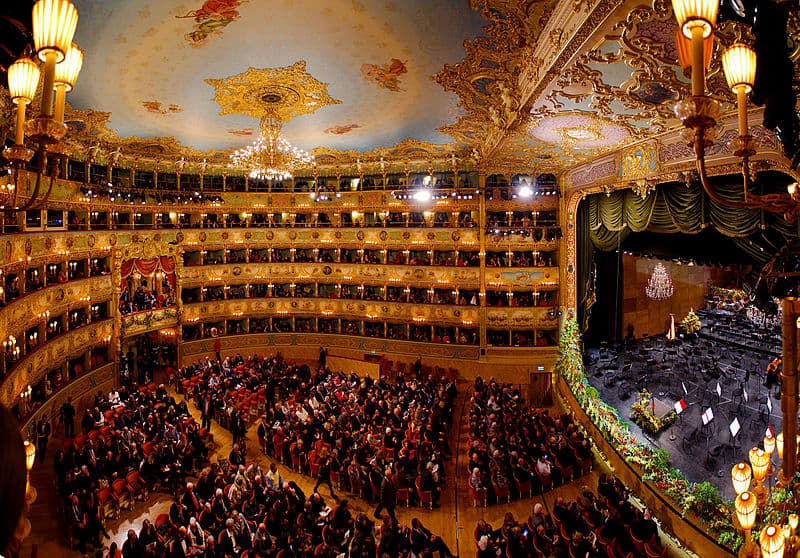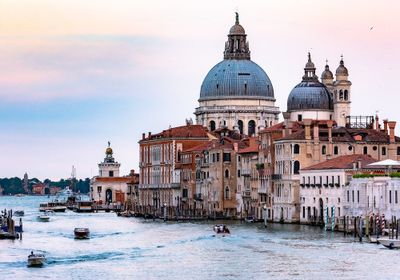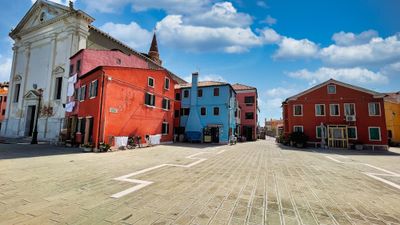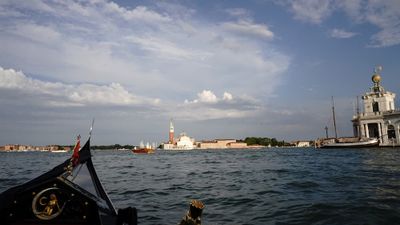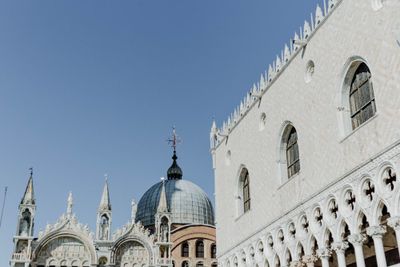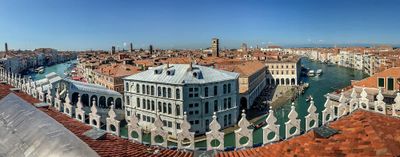If you're looking for a place to experience the grandeur of Venice's cultural heritage, look no further than La Fenice Opera House.
This stunning theater is one of the most important attractions in the city, and for good reason. With its rich history, breathtaking architecture, and world-renowned performances, La Fenice is a must-see destination for anyone visiting Venice.
So, are you ready to learn more about this iconic venue?
Keep reading to discover the fascinating history, stunning architecture, and practical information you need to plan your visit to La Fenice Opera House.
La Fenice Opera House in Venice: the reason behind the name
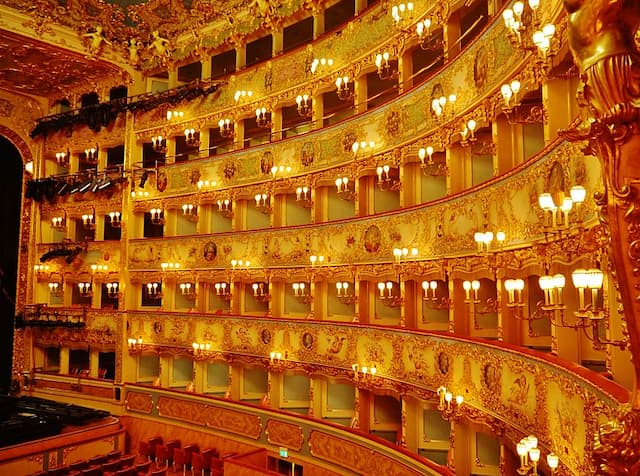
La Fenice Opera House has a long and storied history, dating back to its founding in the late 18th century.
Have you ever thought about the name of this theater?
In fact, "La Fenice," which means "the phoenix" in Italian, is a testament to its resilience.
The first incarnation of La Fenice opened in 1792, but it was destroyed by fire in 1836. Undeterred, the theater was rebuilt and reopened just one year later. Unfortunately, history repeated itself in 1996, when another devastating fire destroyed the theater once again.
But just like the mythical bird for which it is named, La Fenice rose from the ashes once more in 2003, following an extensive restoration effort.
The history of the Teatro La Fenice
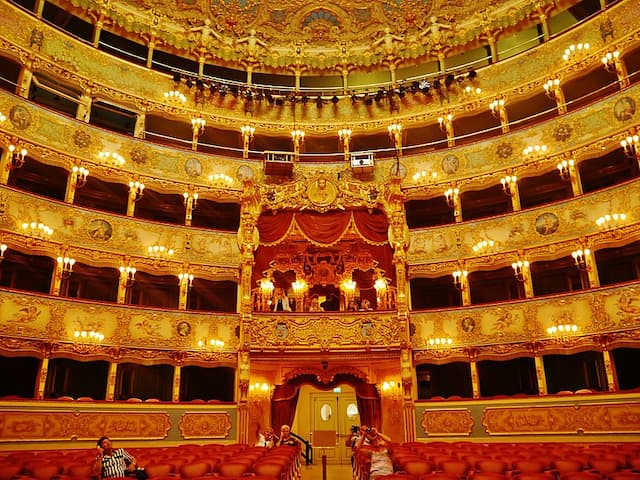
Over the years, the theater has seen its fair share of triumphs and tragedies, including devastating fires and painstaking restorations.
Despite these setbacks, La Fenice has endured as one of Venice's most beloved cultural institutions.
The theater's story begins in the late 18th century, when Venice was still a major cultural hub of Europe. The theater was inaugurated on May 16th, 1792, on the day of the Marriage of the Sea, also called the Festa della Sensa.
At the time, the city boasted several world-class theaters, but none had the grandeur and elegance of La Fenice.
The theater was designed by the renowned architect Giannantonio Selva, who drew inspiration from the neoclassical style that was popular at the time. Construction began in 1790 and was completed just two years later, with the theater opening its doors to the public in 1792.
La Fenice quickly became a favorite among Venetian theater-goers, thanks in part to its luxurious décor and world-class performances. The theater's grand façade, with its elegant columns, sweeping staircase, and ornate statues, was a sight to behold, and visitors were treated to a stunning array of frescoes, gilded moldings, and crystal chandeliers inside.
Over the years, La Fenice hosted some of the most renowned performers and composers of the day, including Rossini, Verdi, and Wagner. The theater's acoustics were among the best in Europe, and it quickly became known as a premier venue for opera and classical music.
As you already know, however, despite its early success, La Fenice was not immune to disaster.
In 1836, a devastating fire broke out in the theater, destroying much of the building and leaving only the exterior walls standing. Undeterred, the city of Venice rallied to rebuild the theater, with a new, larger version of La Fenice opening just one year later.
The new theater was an even grander affair than the original, with a larger auditorium, more luxurious décor, and state-of-the-art technology. Once again, La Fenice became the center of Venetian cultural life, hosting performances by some of the greatest artists of the 19th and early 20th centuries.
However, tragedy struck once again in 1996, when another devastating fire broke out in the theater. This time, the damage was even more severe, and it seemed as though La Fenice might be lost forever. But once again, the city of Venice rallied to rebuild the theater, with an extensive restoration effort that took seven years to complete.
Finally, in 2003, La Fenice reopened its doors to the public, more beautiful and grand than ever before.
Today, the theater continues to host world-class performances and remains one of Venice's most beloved cultural institutions.
Visitors can explore the opulent public spaces, attend a performance, or take a guided tour to learn more about this iconic venue and its fascinating history.
The Architecture of La Fenice Opera House
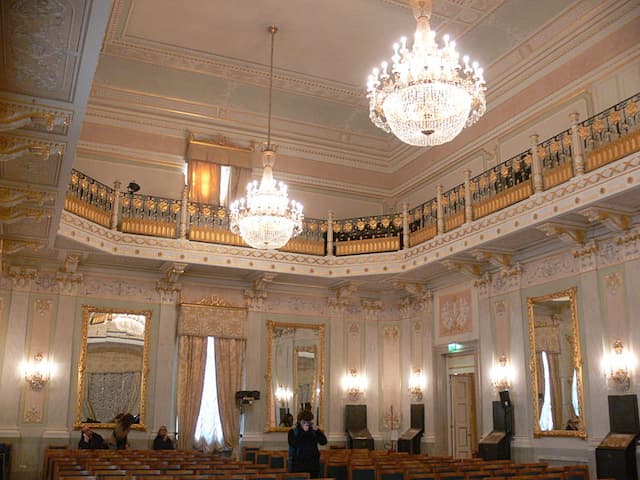
The architecture of La Fenice Opera House is nothing short of awe-inspiring.
The theater's grand façade is a masterpiece of neoclassical design, featuring columns, pediments, and intricate sculptural details.
Inside, visitors are treated to a stunning array of ornate decorations, including frescoes, gilded moldings, and crystal chandeliers.
Visiting the theater you will be able to see the atrium, the foyer, and the Sale Apollinee.
In the stalls you can admire the typical red leather seats, the magnificent chandelier and the golden balustrades.
In the third row of the upper galleries you can visit the permanent exhibition dedicated to Maria Callas, protagonist of a great part of the recent history of opera music.
How to Visit La Fenice Opera House: opening hours and tickets
If you're eager to experience the grandeur of La Fenice Opera House for yourself, there are a few ways to go about it.
The most obvious is to attend a performance, which is a truly unforgettable experience. However, if you're unable to catch a show, you can still visit the theater as part of a guided tour.
La Fenice is located in the heart of Venice, just a short walk from the Rialto Bridge and St. Mark's Square.
The address is Campo San Fantin, 1965, 30124 Venice, Italy.
The theater is open to visitors from Monday to Saturday, from 9:30 am to 6:00 pm. Tickets can be purchased at the box office. Be aware that, as you can imagine, visits may be interrupted for organizational and artistic reasons.
Please mind that, if you're attending a performance, be sure to check the dress code, which is typically formal attire.
Would you visit the Gran Teatro La Fenice?
La Fenice Opera House is just one of the many treasures that Venice has to offer.
From its stunning architecture and rich history to its world-class performances, this iconic venue is a must-see destination for anyone visiting the city.
So why not add La Fenice to your itinerary and experience the magic of Venetian culture for yourself?
COVER PICTURE: Youflavio, CC BY-SA 4.0, via Wikimedia Commons

